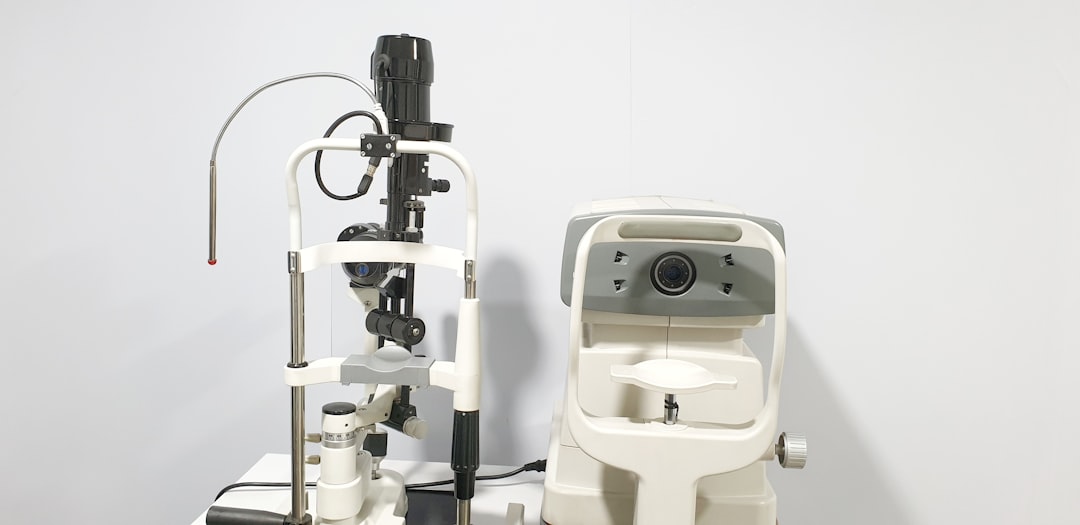What is it about?
Voice registers are assumed to be related to different laryngeal adjustments, but objective evidence has been insufficient. While chest register is usually associated with the lower pitch range, and head register with the higher pitch range, here we investigated a professional singer who claimed the ability to produce both these registers at every pitch, throughout her entire singing range. The singer performed separated phonations alternating between the two registers (further called chest-like and head-like) at all pitches from C3 (131 Hz) to C6 (1047 Hz). We recorded and analysed the voice sounds and monitored the vocal fold vibrations using high-speed video endoscopy and electroglottography. The results indicate that that the singer employed subtle laryngeal control mechanisms for the chest-like and head-like phonations on top of the traditionally recognized low-pitched chest and high-pitched head register phenomena. Across all pitches, the chest-like register was produced with more rapid glottal closure that was usually, but not necessarily, accompanied also by stronger adduction of membranous glottis. These register changes were not always easily perceivable by listeners, however.
Featured Image

Photo by Obie Fernandez on Unsplash
Why is it important?
This paper brings unique insights into the topic of singing voice registers and shows that individual voice registers may not necessarily be always limited by pitch.
Perspectives
My dear colleague, friend, renowned singer (soloist as well as Frank Zappa and „Weird Al“ Yankovic vocalist) and voice coach Lisa Popeil came from LA in California to visit us in Olomouc in 2019 with the idea of investigating the differences of vocal fold vibrations in chest and head registers using our high-speed camera. Interestingly, she claimed to be able to produce both the chest and head registers at every note throughout her entire pitch range. So we made the high-speed videoendoscopic recordings, together with EGG and audio recordings, and I gave my Ph.D. student Hugo Lehoux the task to analyze these. At first I thought it will be a quick little study, but it turned out to be quite a long-lasting detective work. Our curiosity led us to dig deeper and deeper so that we could really understand the nature of the phenomena. Out of the many parameters we looked at, we found that the speed of glottal closure is the most sensitive feature distinguishing the chest-like and head-like phonations throughout her whole pitch range of three octaves. This parameter turned out to be more sensitive for detecting the register type than the traditionally considered parameters such as the duration of glottal closure or vocal fold vertical phase differences. The study also confirmed the need of distinguishing between the membranous and cartillaginous glottal adduction. Despite being only a case study, it turned out to be highly revealing. We have learned a lot from these investigations. I am very happy with the way the paper came out.
Dr. Jan G. Svec
Univerzita Palackeho v Olomouci
Read the Original
This page is a summary of: Laryngeal and Acoustic Analysis of Chest and Head Registers Extended Across a Three-Octave Range: A Case Study, Journal of Voice, April 2022, Elsevier,
DOI: 10.1016/j.jvoice.2022.02.014.
You can read the full text:
Resources
Contributors
The following have contributed to this page










